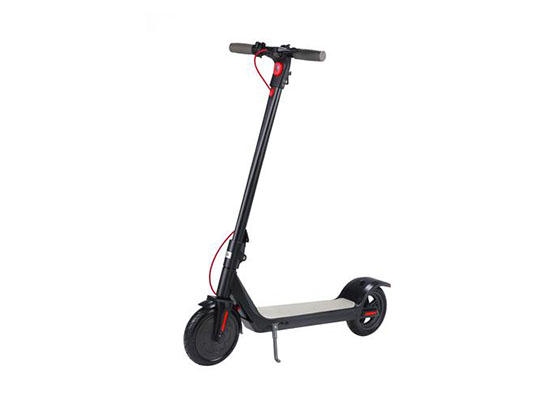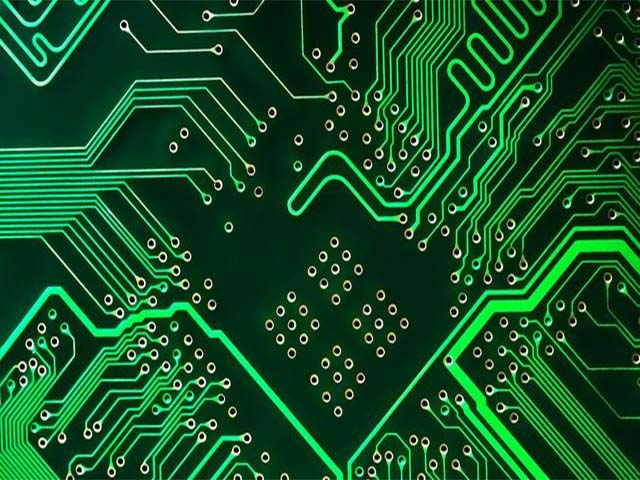M12 connector PCBs are circular connectors commonly found in industries such as the factory automation industry, installed in actuators, sensors, industrial Ethernet cables, and field buses. The design of M12 connectors is specific to suit harsh environments. They are versatile and available in 3, 4, 5, 8, and 12-pin designs and have different codes according to their application. There are many M12 connector PCBs whose descriptions can be found below.
Codes
M12 connector PCB is available in different codes according to the varying usage in the industry. The five most common ones, along with their applications, are as follows:
- M12 A-coded connector PCB
M12 A-coded connectors are the most popular connector style in PCB mounting. They are in much operational equipment such as actuators and motors. They are available in many designs and configurations, including 3, 4, 5, 8, and 12 points of contact, with a maximum output voltage of 250V. They are easy to mount over PCBs and can go through multiple processes to establish a connection. This M12 connector PCB can undergo soldering to attach itself to a PCB firmly. It has broad industrial uses in LED lights.
- M12 B coded connector PCB
M12 B-coded connectors are versatile in PCBs that perform many functional operations. B-coded connectors have one of the best shielding types and have the firmest protection types of all codes. They have a wide range of pin configurations allowing many different arrangement options on PCBs. This M12 connector PCB can undergo screwing, clamping, and crimping processes to attach itself to the PCBs. They also have multiple connections supporting both male and female connections.
- M12 C coded connector PCB
M12 C-coded connectors are uncommon as they have particular operations that cater to a limited number of industrial PCBs. This M12 connector PCB is a common feature in AC sensors and actuators as they can operate in fluctuating temperatures and detect slight changes at high-speed rates. C-coded connectors have a specific design to cater to the application scenarios. They have a dual keyway that ensures additional securing and prevents the connector from accidental usage in place of another connector. Furthermore, this M12 connector PCB has a particular configuration allowing only three and six -pin configurations.
- M12 D coded connector PCB
M12 D coded connectors are a common feature in PCBs of high-performance applications such as Ethernet cables and PROFINET that require data transmission at very high speeds. They have screw-cutting terminal connections that allow stable connections and do not have any constrictions that hamper data transfer. Moreover, the M12 connector PCB is very versatile as it offers molded cables and flange connectors with solder or dips solder connections. In addition, they have state-of-the-art protection, allowing safe data transmission with less risk of hacking. D-coded connector PCBs can transfer data up to 100 MBs, an essential feature that makes it stand out among other connectors.
- M12 X coded connector PCB
M12 X-coded connectors are one of the most recent additions to the cable codes of M12 connectors. They are one of the fastest data transmitters with ample storage for industrial applications. Compared to the D-coded connectors that transfer data up to 100 MB, this M12 connector PCB can move up to 1 GB of data, which is why they are highly preferred in applications requiring high-speed data transfer. However, X-coded connectors only offer eight-pin configurations adapting to new technology connections.
Conclusion
M12 connector PCBs are in high demand in the international market as they are widely known for their ability to transfer data at extremely high speeds. They are one of the most recent technological advancements that adapt to the latest connections. All the different M12 connector PCB codes have various applications in the industry, and their versatility is the selling point that makes them stand out.





